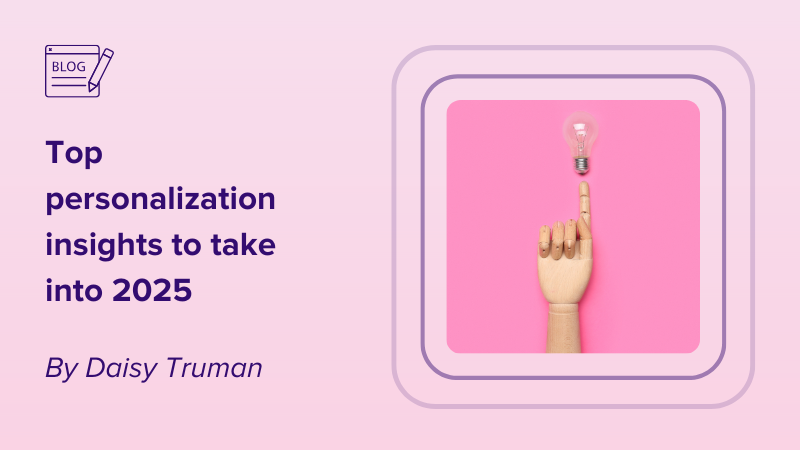Feedback is always a good thing. B2B marketers strive to achieve an effective feedback loop, and that’s exactly what attribution can do. After all, you need to know if your prospects encounter unnecessary obstacles on their unique journeys. To provide customers with the most streamlined, engaging, and effective path to purchase, you need to harness attribution models to keep tabs on the success of every interaction and touchpoint.
What is attribution in the context of B2B marketing?
Attribution is the process of measuring the value of different marketing touchpoints, such as a lead conversion or a closed deal. It helps marketers answer the question: “Which marketing activities are driving results?” Using attribution, you can access data-driven insights into what’s working in the customer journey and, most importantly, what’s not.
Attribution made easy
To make attribution work, you can assign a “credit” or “value” to each touchpoint in the customer journey. There are a few different attribution models, and there’s no one-size-fits-all strategy—the choice depends on your specific needs and customer journey. For example, it’s down to factors like the length of your sales cycle, the marketing channels you use, and the data you have available.
Single-Touch Attribution Models
These models keep it simple, assigning 100% of the credit for a conversion to a single touchpoint in the customer journey.
- First-touch attribution: Gives all the credit to the very first interaction a prospect has with your business. It’s helpful for understanding which channels are best at generating initial awareness and capturing leads.
- Last-touch attribution: Attributes all the credit to the final interaction before a prospect converts. It identifies the channels that are sealing the deal and driving conversions.
Multi-Touch Attribution Models
These models acknowledge that B2B customer journeys involve multiple interactions across different channels, so they distribute credit across various touchpoints.
- Linear attribution: Divides the credit equally among all touchpoints in the customer journey. It’s a good starting point if you want to recognize the contribution of every interaction.
- Time-decay attribution: Assigns more credit to touchpoints that happen closer to the conversion. This one is helpful if you believe recent interactions have a greater influence on the final decision.
- U-shaped attribution: Gives more credit to the first and last touchpoints, recognizing their importance in generating initial interest and closing the deal.
Custom Attribution Models
These are tailored to your specific business needs and customer journey. You can assign custom weights to different touchpoints based on their perceived importance in your sales cycle.
Why should B2B marketers care about attribution?
We all know that sales cycles in B2B are extremely long and complex, involving multiple decision-makers and touchpoints. Attribution gives you visibility over these journeys, providing insights into which channels and campaigns are influencing prospects at different stages. Therefore, by attributing revenue or leads to specific marketing efforts, you can better understand campaign ROI and make effective decisions about budget allocation.
With attribution, you’ll better understand how different customers interact with various touchpoints across the digital experience, enabling you to optimize and fine-tune them using strategies like personalization for maximum results.
Attribution can be your digital optimization compass
When it comes to digital experience optimization, attribution data is your secret weapon. It can steer your digital optimization efforts by revealing unique paths your customers take, allowing you to tailor content and offers based on their individual behavior and preferences. For example, you can incorporate website personalization strategies by crafting landing pages that speak directly to the visitors’ interests and pain points.
You can take this personalization approach further with tailored email content and customized product recommendations leveraging attribution insights to recommend options that align with each customer’s unique journey.
Attribution data not only reveals where your customers come from but also how they interact with your website. This knowledge empowers you to create seamless user experiences that minimize friction and maximize conversions. An example is that you could use attribution data to tailor CTAs based on the user’s journey and context.
Personalization is the bridge between attribution and digital optimization
By harnessing the power of attribution data, you can create personalized, seamless, and effective digital experiences that drive conversions and build lasting relationships with your customers.
Webeo makes it easier than ever to kickstart your website personalization journey and measure the success of your website’s touchpoints. With our no-code platform and intuitive editor, you can set up your first personalized experiences in just a few minutes.
Get started by booking a demo today.




